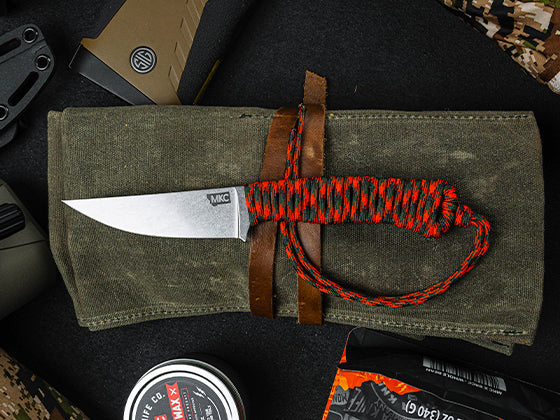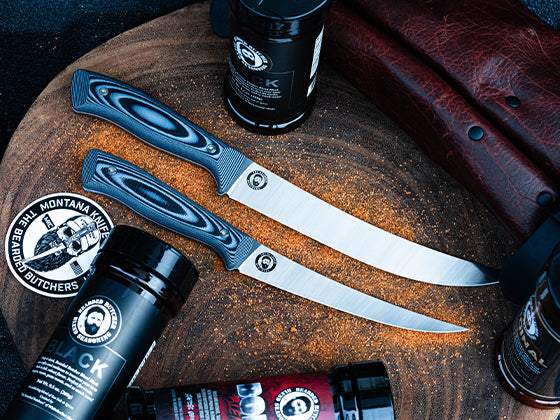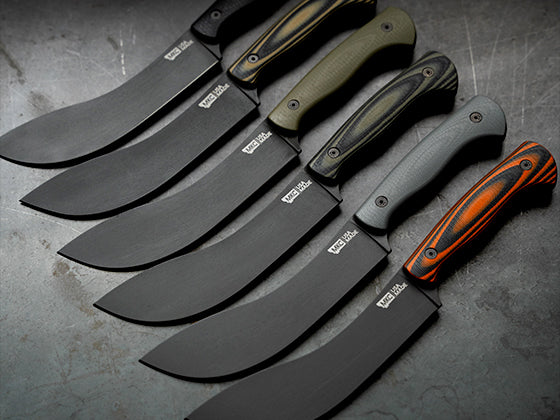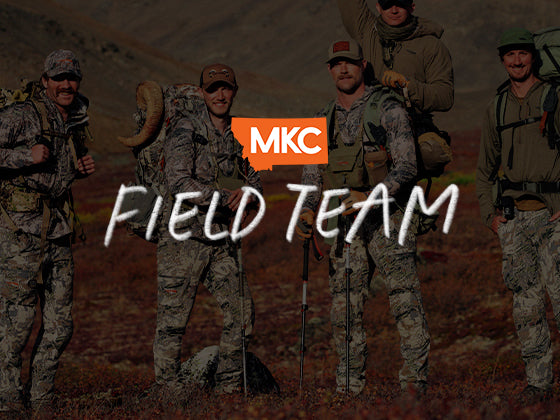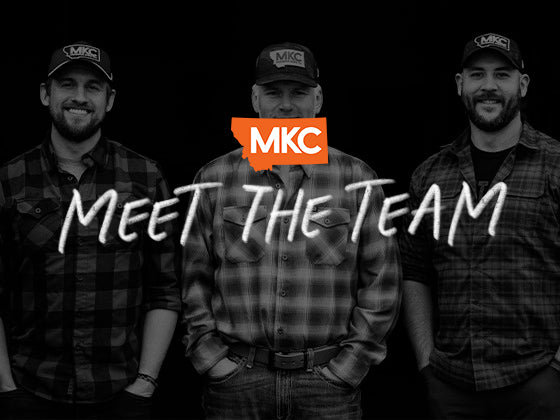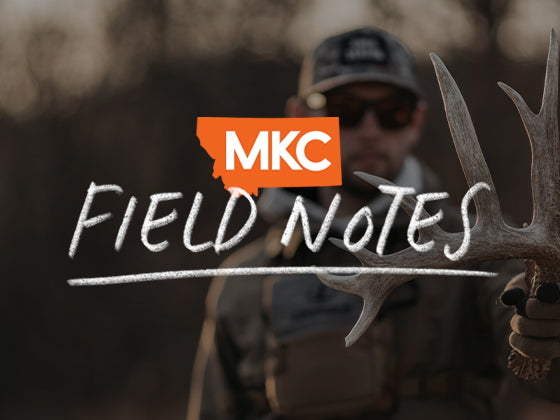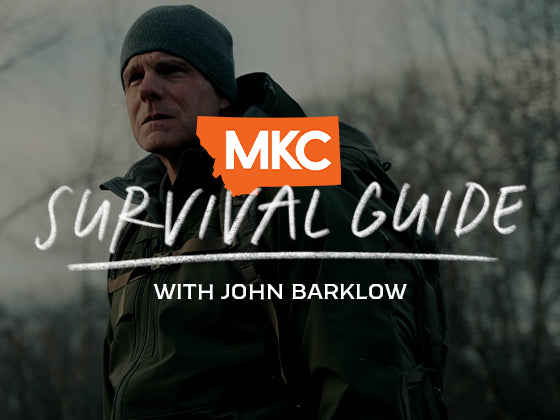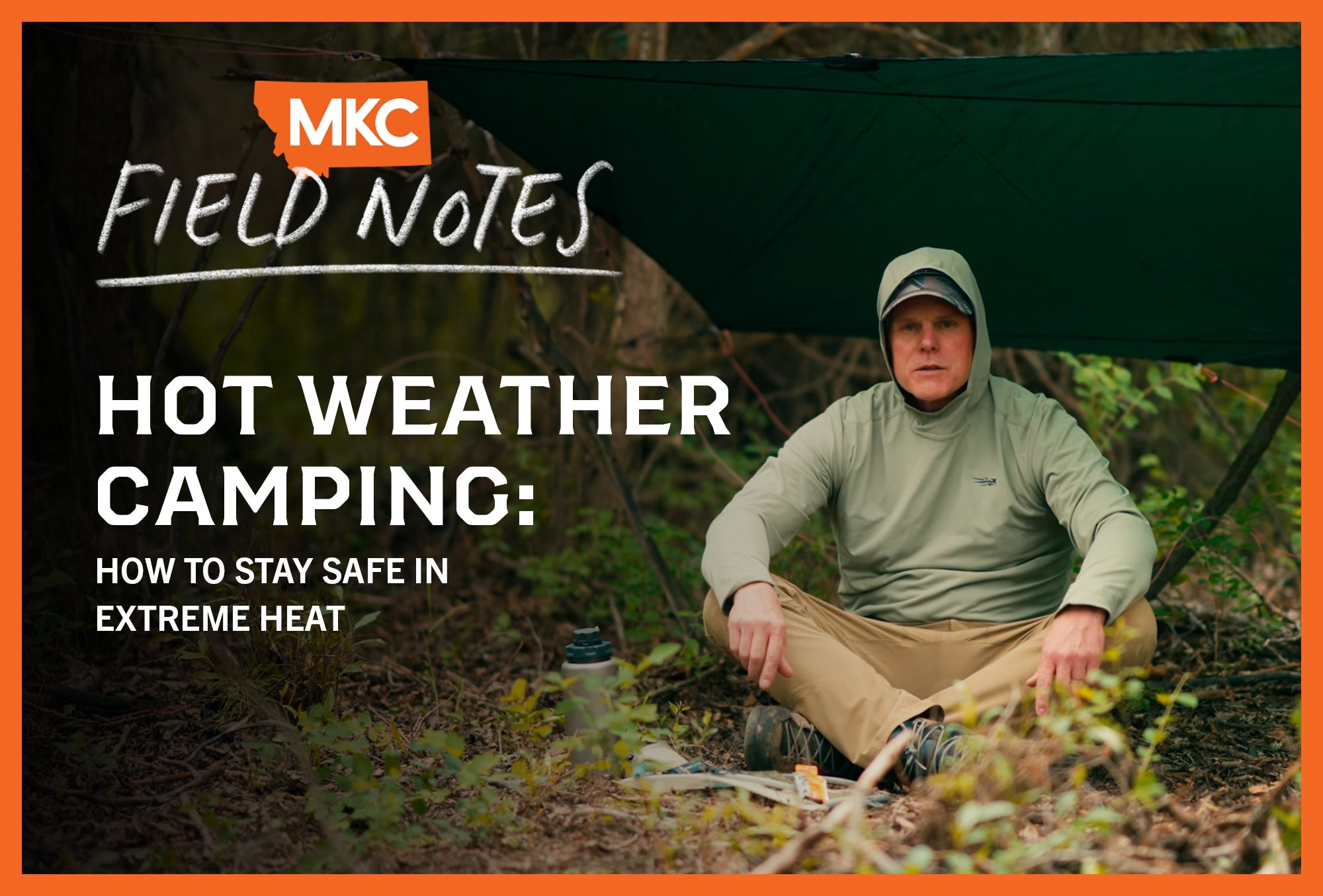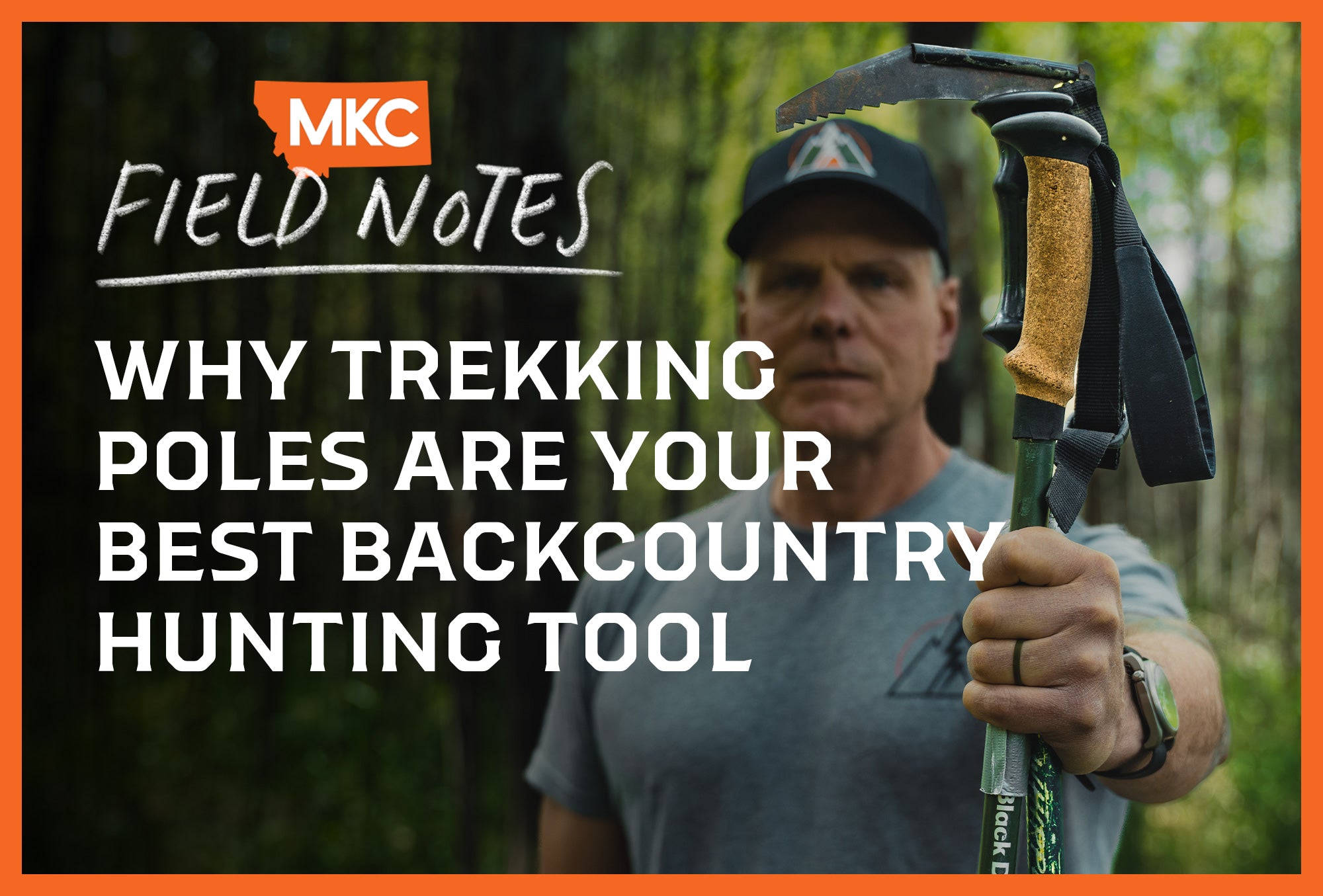When you’re chasing a herd of elk into perfect position at dusk, you don’t want to make a three-mile hike back to base camp in the dark, only to repeat that trek before sunrise.
That’s where a bivy camp comes in. A bivy camp is a lightweight, versatile shelter system that gives backcountry adventurers freedom to roam away from base camp.
Learning what a bivy is and how to set up an effective bivy camp keeps you in position when opportunities arise. Whether you’re a hunter working Montana timber or a backpacker pushing into alpine country, bivy camping expands your range and keeps you where the action is.

What Is a Bivy Camp?
A bivy camp provides quick shelter wherever you stop for the night. Unlike traditional base camps with full tents and elaborate setups, a bivy camp takes up minimal space and sets up in minutes.
Simplicity is the name of the game here. You carry only what you need to sleep safely, which means you can drop your pack and make camp quickly instead of spending 20–30 minutes on a traditional tent setup.
A bivy camp isn’t ideal for week-long expeditions or extended stays in one location. It shines when you need to move with game animals, chase weather windows, or maintain position on prime glassing points.
Building Your Bivy Camp for the Season
Your bivy camping system needs to match the conditions you’ll face. Tailor your setup to the specific season you’re out in the wilderness.
Spring: Since you’ll deal with bugs and rain, use a bivy sack and tarp combination. The bivy sack keeps insects off, while the tarp sheds rain and protects your gear.
Fall: Temperatures cool, but precipitation drops. A bivy sack alone often works. Skip the tarp’s extra weight when conditions are stable.
Late Season: When temperatures plummet and snow falls, return to the bivy sack and tarp combo, but swap your insulation for colder conditions.

Bivy Camping Insulation Systems: What You Actually Need
Most hunters overthink bivy camping insulation, but your existing gear likely provides all the warmth you need.
The Puffy System
For many hunting seasons, your insulation consists of clothing you already carry:
- Puffy jacket
- Puffy pants
- Beanie
- Dry socks
Just put on the pants and jacket, change your socks, and climb into the bivy sack. This system works surprisingly well for early- and mid-season temperatures. You’re not carrying separate sleep insulation. You’re using the same puffy you wear while glassing.
Adding a Quilt or Sleeping Bag
As temperatures drop, drape a lightweight quilt over your body while you wear your jacket.
When snow starts to fall and temperatures hit the teens or single digits, keep the puffy jacket, but exchange the quilt for a sleeping bag.
Whether you’re using just the puffy system, adding a quilt, or moving to a sleeping bag, that insulated jacket remains in your setup. This way, you leave weight and bulk at your base camp.
Bivy Sack vs. Tarp: The Ideal Bivy Camping Shelter System
A bivy sack is a waterproof covering for you and your sleeping pad. It’s a minimalist bag cover that keeps you dry and blocks wind.
I always put my ground pad (I’m partial to inflatable pads) inside my bivy sack. This way, the pad and bivy sack move together, and I don’t roll off the pad.
Unfortunately, a bivy sack doesn’t have room for a weapon, pack, or boots. You can’t sit up or create any sheltered workspace. If the weather takes a turn for the worse, your gear sits exposed.
Adding a tarp for overhead protection solves this problem. During the day, pitch it over your glassing position to block the sun. At night, if weather stays clear, you might not need it. When conditions deteriorate, deploy both the bivy sack and tarp together.
Cold Bivy Camp vs. Hot Bivy Camp
When running a bivy camp, you often choose a cold camp. You skip the stove, hot meals, and warm drinks. Instead, you eat trail food like nuts, jerky, energy bars, and dried fruit. This approach cuts weight and cooking time.
Many backcountry hunters can go a week eating cold food. But coffee is a different story.
I always bring a lightweight stove and small cook pot to make coffee. For me, that morning cup is the difference between dragging through the day and operating at full capacity. A second cup in the afternoon maintains my energy during long glassing sessions.
This minimalist setup (stove, small pot, instant coffee) adds little weight and a ton of value. If you don’t need coffee, run a true cold camp and save the weight.
Bivy Camping Strategies: Mobile vs. Spike Camps
You can deploy a bivy camp two ways:
-
Leave the trailhead with just your bivy camp. This lightweight, mobile approach works if you’re covering ground every day, hunting solo, or familiar with your terrain.
- Establish a traditional base camp first. Create a comfortable staging area with a full tent and extra supplies. Then pack your bivy camp and spike out for one to two days. Push into distant areas, glass prime country, and return to base camp to resupply and reset.
I like the spike camp approach, which combines a base camp’s security with a bivy camp’s mobility. You get the best of both worlds without fully committing to either system.
When to Choose a Bivy Camp
Use a bivy camp when you need mobility, when you’re in position and don’t want to lose your spot, or when your pack space is limited. It works for quick overnight pushes and in stable weather.
Skip the bivy camp for week-long stays in one location, during prolonged bad weather, or when you need space to organize extensive gear.
The bivy camp is a tool for specific situations. When you spot game in perfect position for a morning ambush, you won’t need to hike back to camp. When you find that glassing knob with commanding views, you can stay there without heavy camps limiting your range.
Master bivy camping and you’ll seize on opportunities other outdoor adventurers miss because they’re tied to distant base camps. The techniques are simple, the gear is minimal, and the mobility is absolute.
by John Barklow, a Special Operations Survival Instructor and consultant who has spent decades teaching military personnel and civilians survival techniques in extreme environments.
























